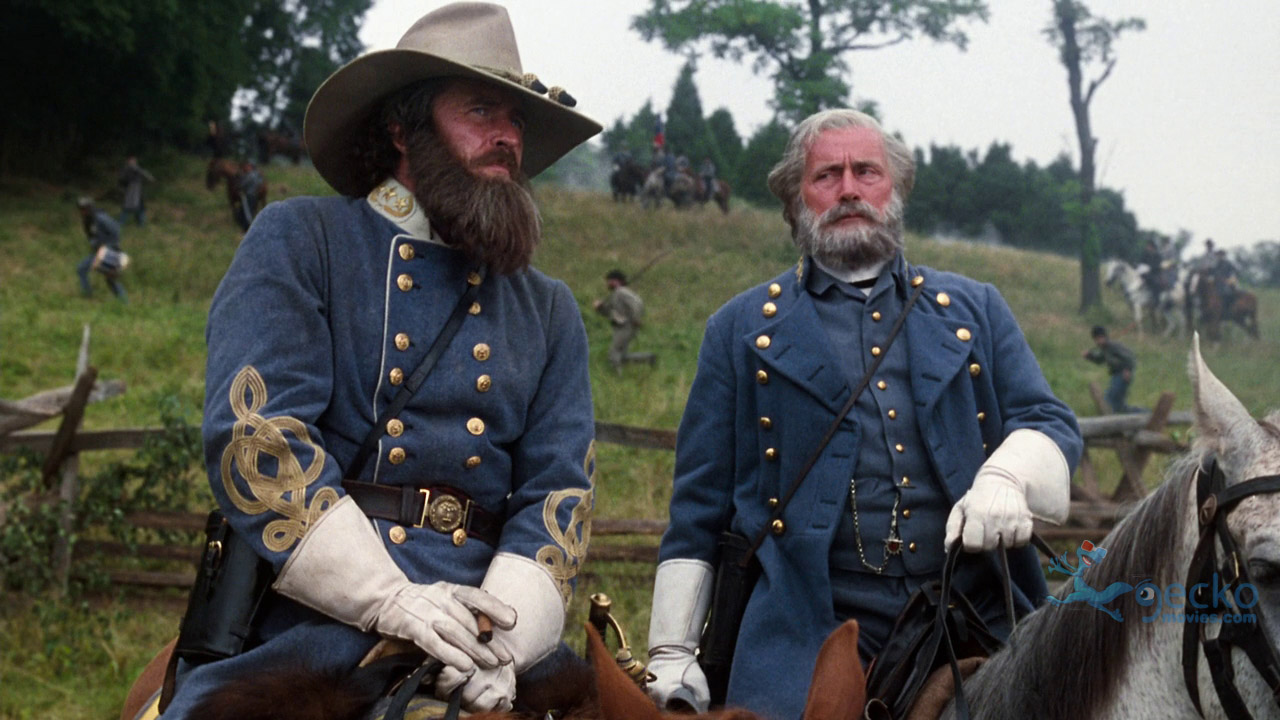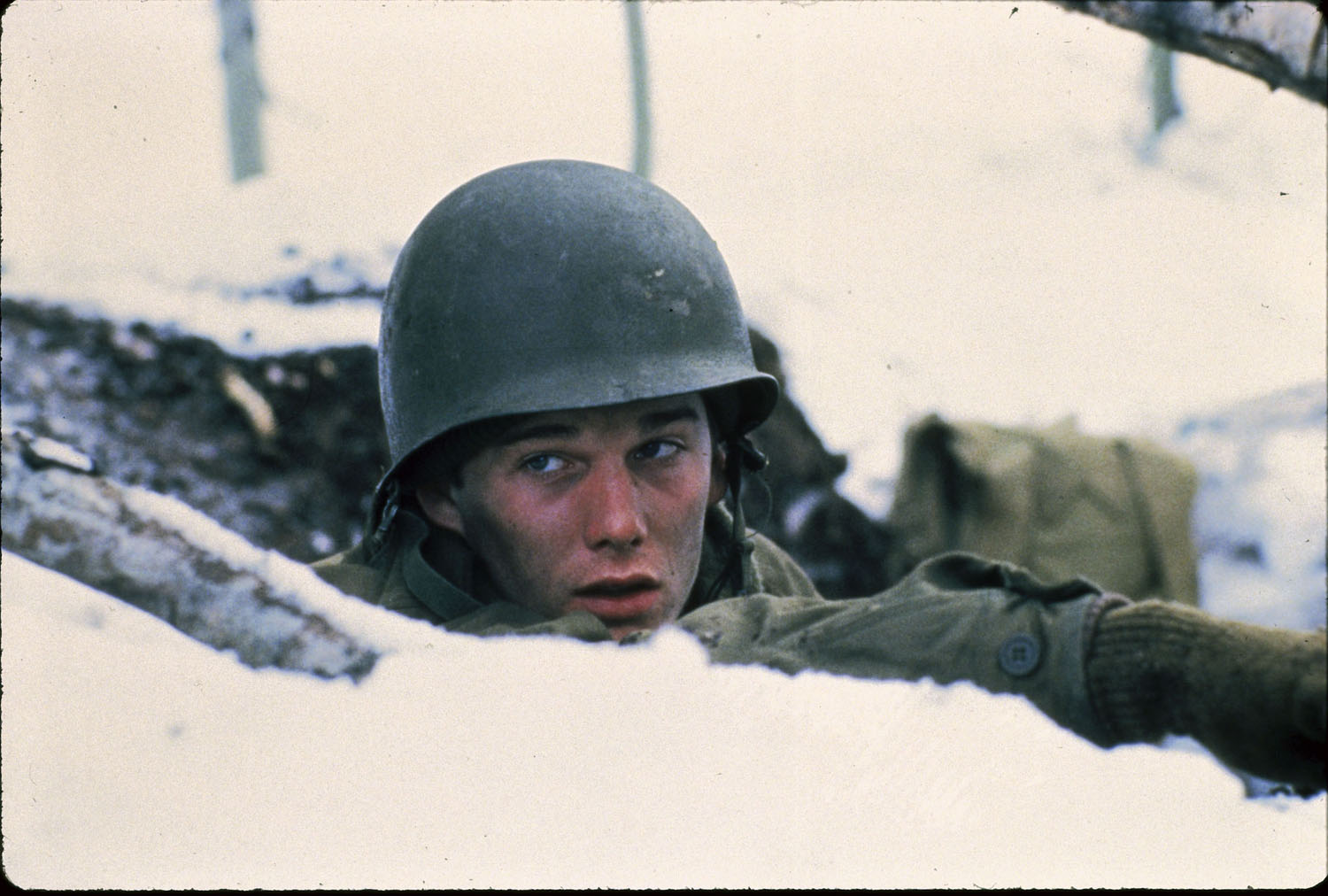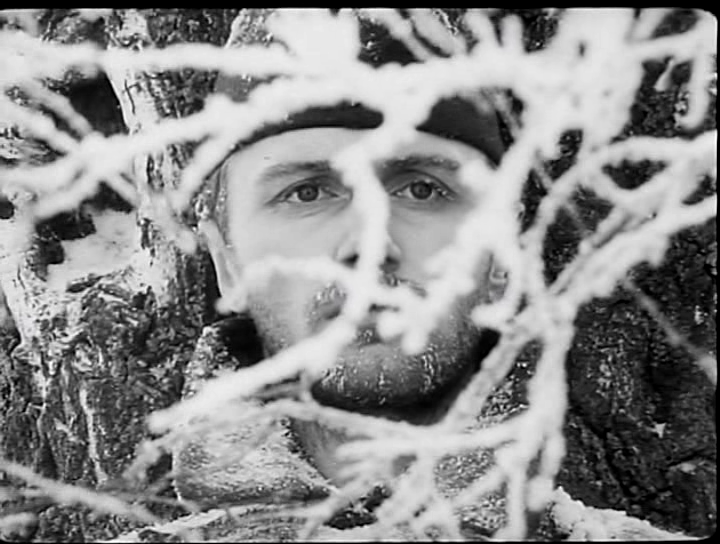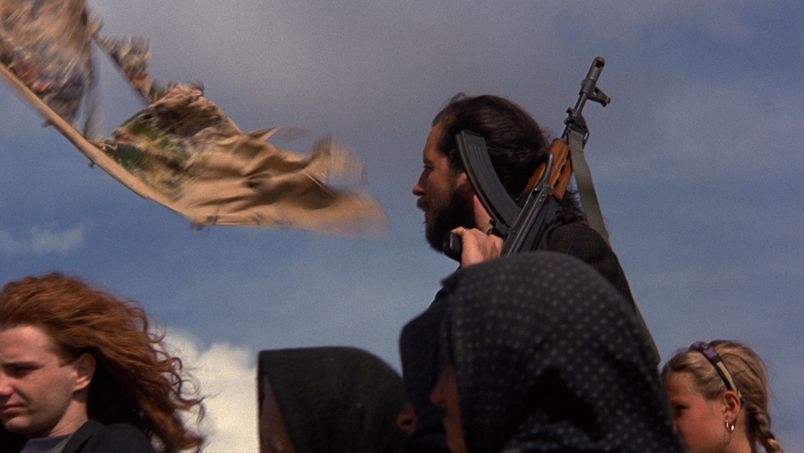5. Gettysburg (1993)

Originally filmed as a miniseries for TNT, this movie received a limited theatrical release from New Line Cinema under the direction of Ted Turner, who owned both entities, and ended up being one of the longest films ever to be released by a major studio. While its length probably hurt it a little, since it flopped at the box office, it’s really worth watching. The all-star cast also didn’t help turn into a well-known title around the world.
The movie is centered around the 1863 Battle of Gettysburg. This battle, which took place during the American Civil War, involved the largest number of casualties and is seen by some as the turning point of the war. The movie focuses on many of the military leaders on both the Union and Confederate side over time. First, it should be noted that this story is a blend of fiction and historical facts; it is not meant to stand up as an accurate historical representation. The book it was based on is so detailed that director Ronald Maxwell should also credit it for the pin-point accuracy of the battle scenes and his efforts at character development.
“Gettysburg” is a lot of things you’d want from such a film: shot on actual locations, it has that “epic” feeling, impressive battle scenes, great acting by everyone, memorable moments, and a lot to give to history buffs as well. Don’t let its length scare you away.
4. The Train (1964)

August 1944: World War II slowly gets on its last legs. The German Wehrmacht is still on the retreat, while the Allied forces are advancing on all fronts. The German Colonel von Waldheim (Paul Scofield) must also recognize that Paris must be abandoned. But he does not want to leave the cultural wealth to the enemy troops, so he has a collection of French works of art transported to Germany by train. Railway inspector Labiche (Burt Lancaster) is aware of this and informs the Americans, because he works for the Resistance underground. Together with some allies, he makes a plan and sabotages him to prevent the train from continuing its journey.
The movie is actually more interested in tension than in a deeper analysis of the conflicts, but that’s fine, because technically it’s a very impressive work. Based on the factual 1961 book “Le front de l’art” by Rose Valland, the art historian at the Galerie nationale du Jeu de Paume, “The Train” uses Burt Lancaster’s commanding onscreen presence to a great effect and the often underrated John Frankheimer delivers the thrills in a very entertaining way.
3. A Midnight Clear (1992)

In case you thought “Merry Christmas Mr. Lawrence” is your alternative to “Joyeaux Noel” on this list, then no. If you like “Joyeaux Noel,” then this is your film. The cast of well-known great actors like Gary Sinise, Ethan Hawke, Peter Berg and Kevin Dillon were seemingly not enough to turn “A Midnight Clear” into a classic, which is not only a great war film but also actually a great Christmas film.
Winter 1944 in the Ardennes: The Americans move inexorably eastwards after the invasion of Normandy. The 19-year-old Will Knott (Ethan Hawke) is to explore the area with five other young soldiers. In the deceptive idyll of the snow-covered mountains, the inexperienced young men encounter a scattered German unity. What begins to be threatening soon takes on unreal features: the enemies throw snowballs instead of hand grenades, and even celebrate Christmas together. By writing it alone might give an idea that it’s a film that avoids any kind of war film clichés and tries to tell something unique and different. A great musical score, terrific performances, powerful scenes, and the ultimately powerful statement the film makes are more than enough to check this gem out.
2. The Ascent (1977)

Elem Klimov’s 1985 masterpiece “Idi I Smotri / Come and See” is well-known among cinephiles around the world, but not enough people know that his wife Larisa Shapitko was also a great director. The plot is set in the winter of 1942: Two Soviet partisans were captured in search of food for their comrades. The description of the different characters and behaviors of those sentenced to death widens into a debate about collaboration, betrayal, courage and belief in overcoming death.
A very captivating work of art, “The Ascent” also uses biblical motifs and Russian Orthodox symbolism very fascinatingly. It is a film that is impressive on both technical level and also the moral development of our characters, especially that of the lead character. Quite a lot of Tarkovsky style to be felt here as well and it’s probably possible to compare it to Klimov’s “Idi i Smotri” as well because certainly both films leave you feeling emotionally exhausted and almost depressed. Both are very striking works. It’s highly possible that Klimov is inspired by Larisa’s work here actually. Unfortunately, two years later after the release of the film, Shapitko died in a car crash on a highway near the city of Tver with four members of her shooting team in 1979 while scouting locations for her planned adaptation of the novel by Valentin Rasputin.
1. Before the Rain (1994)

North Macedonia’s first nomination at the Oscars was a masterpiece titled “Before the Rain / Pred doždot,” an all-around excellent film that should be celebrated more and should be seen by more. The movie is set in the early ‘90s, during a time when political instability was all around in former Yugoslavia. It contains three interconnected stories that come together in the end, echoing the memorable line of the film, “Time never dies. The circle is never round”, and you leave the film shaken and impressed.
The story is told in three parts, with highly ironic titles: Words, Faces, and Pictures. The second part is set in London and while watching, it can come off as the weakest section, but when you look at the film, all three sections complete the powerful message of the movie very beautifully. “Before the Rain” is about hate, how hate leads into destruction of human lives for no reason, and how hate only leads to further violence and conflict. In one scene, the lead character also mentions other conflicts around the world that are similar to the one in the film and it makes the film even more stronger; it makes you think about how many people are dying for nothing and fighting for nothing.
Excellent cinematography, great character development, and a powerful soundtrack only add to the beauty of this sad and tragic story. “Before the Rain” won the Golden Lion at the Venice Film Festival and also made it onto The New York Times’ 1000 Greatest Films of All Time. It’s nice to know, of course, but still “Before the Rain” is such a powerful tale that it deserves to find a much bigger audience.